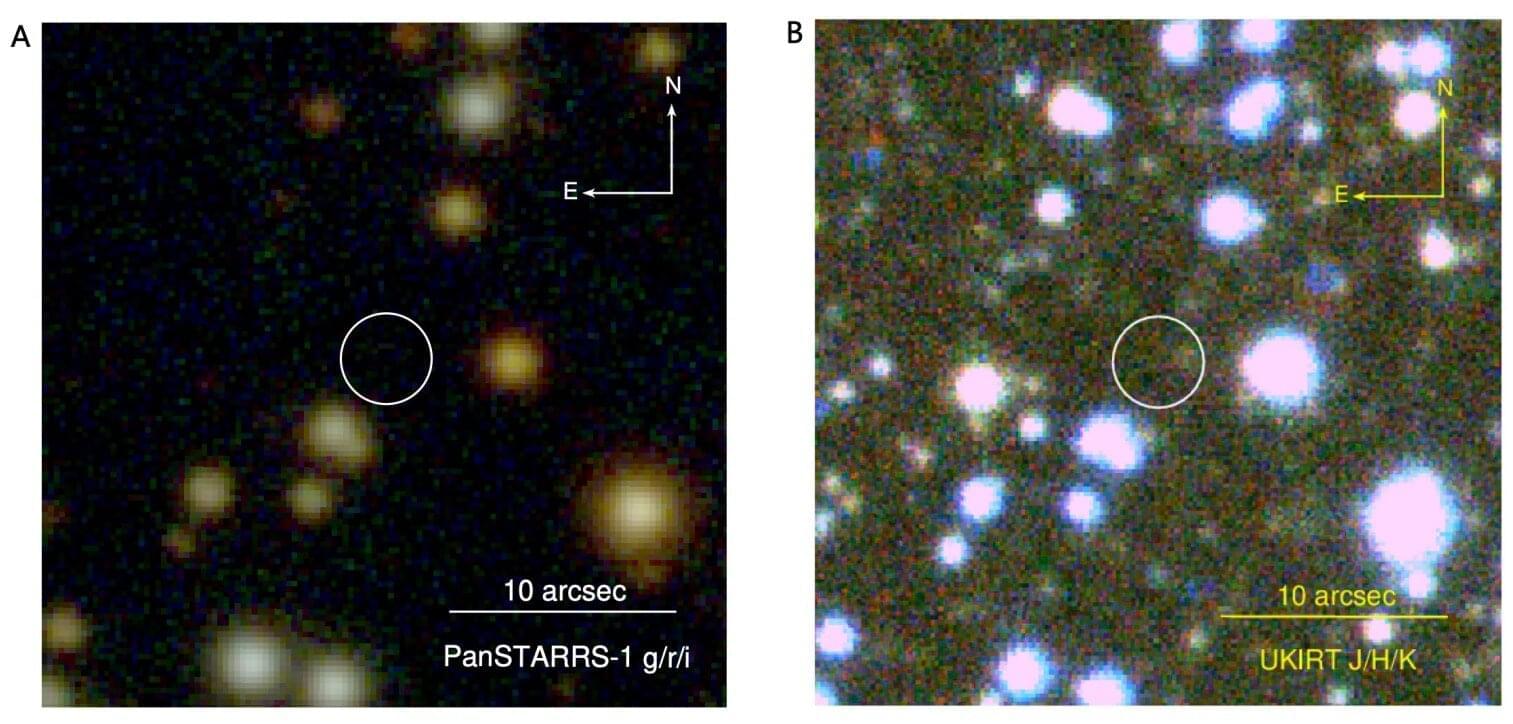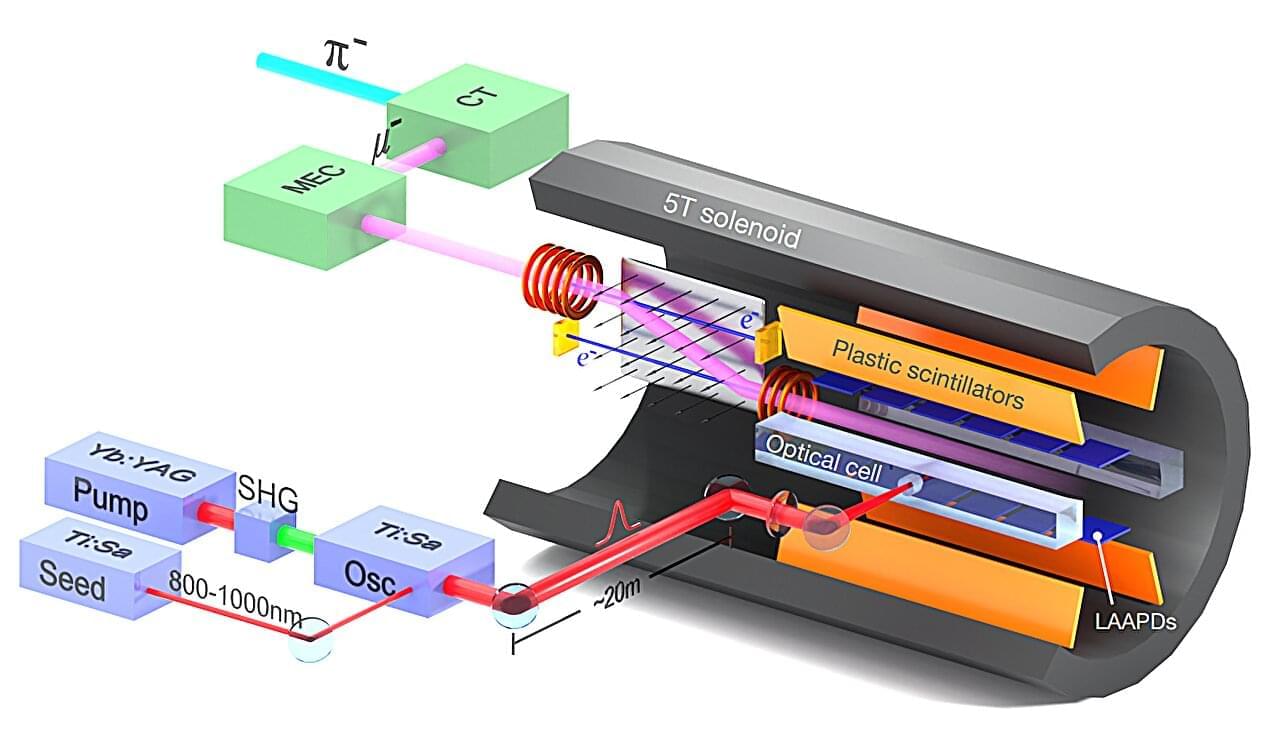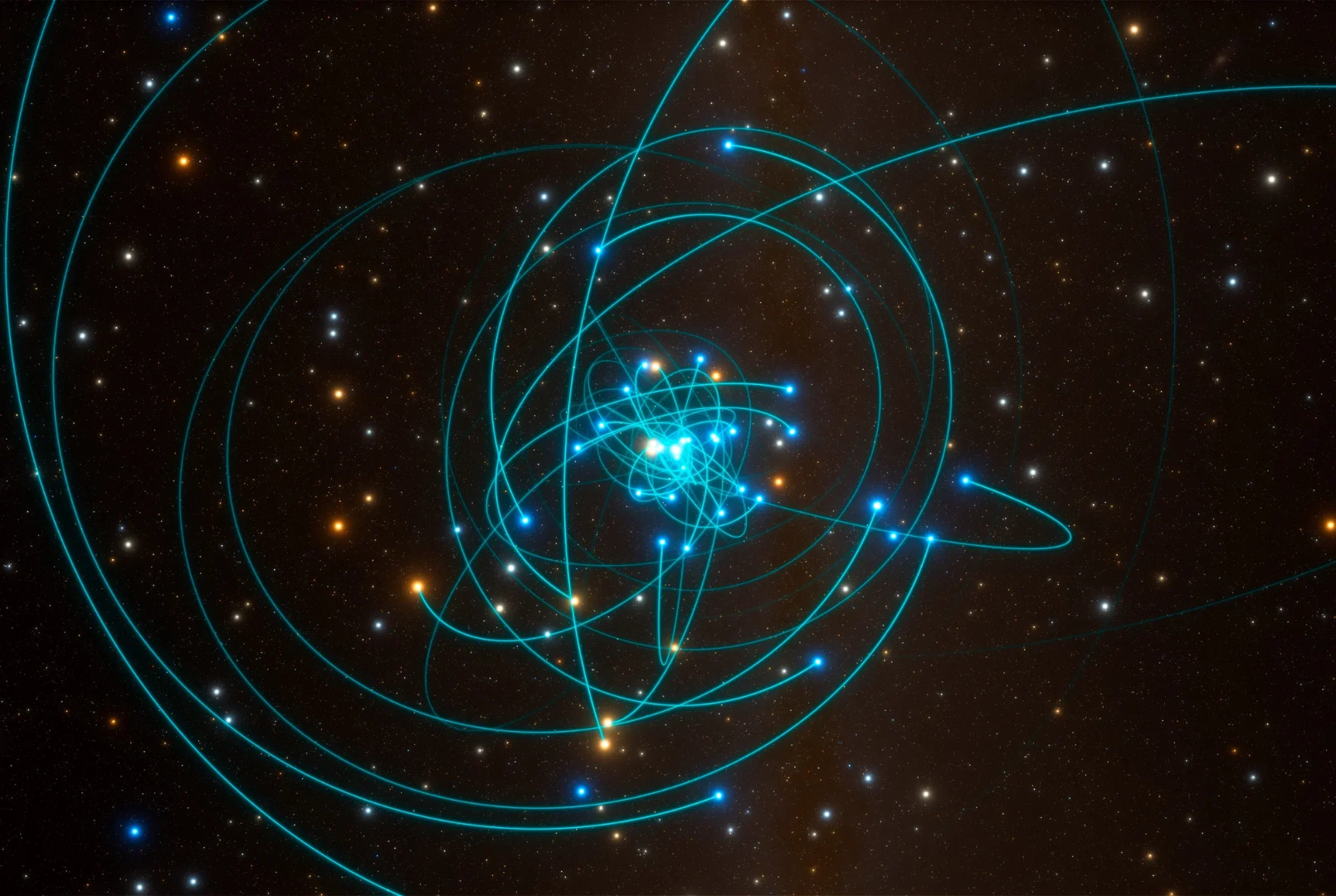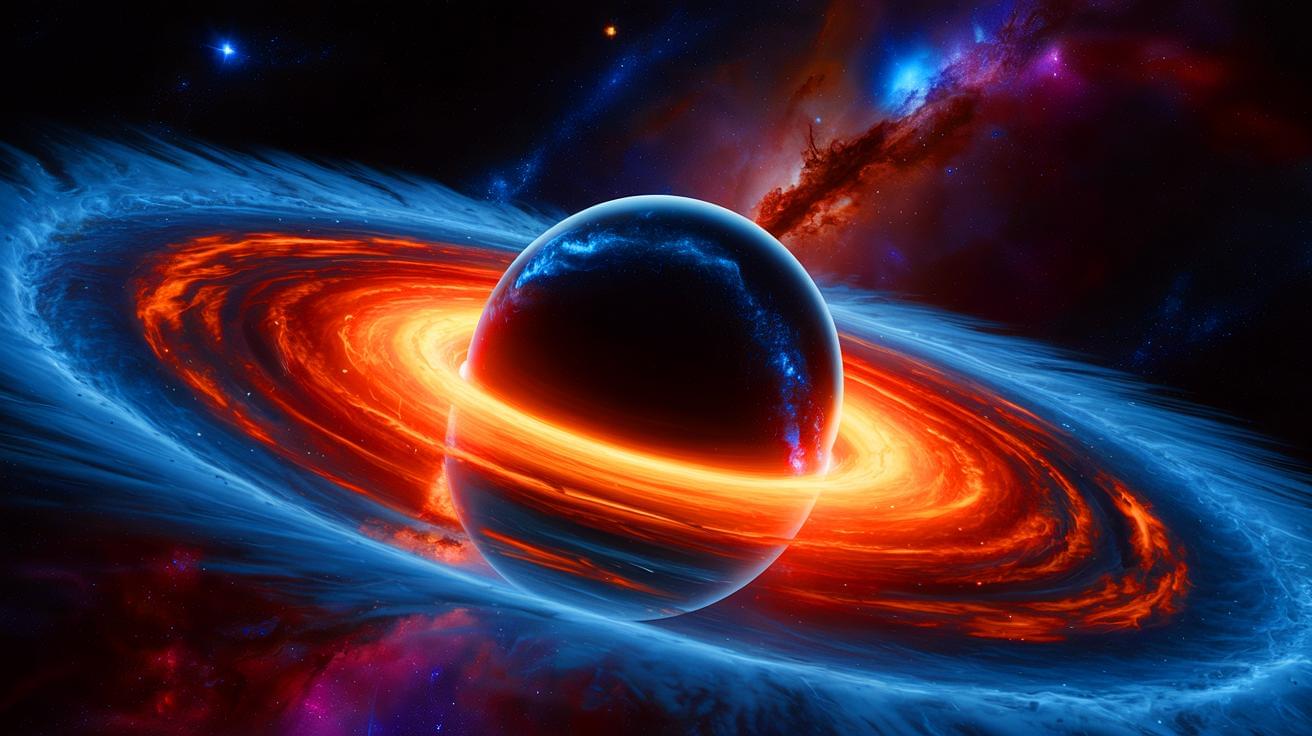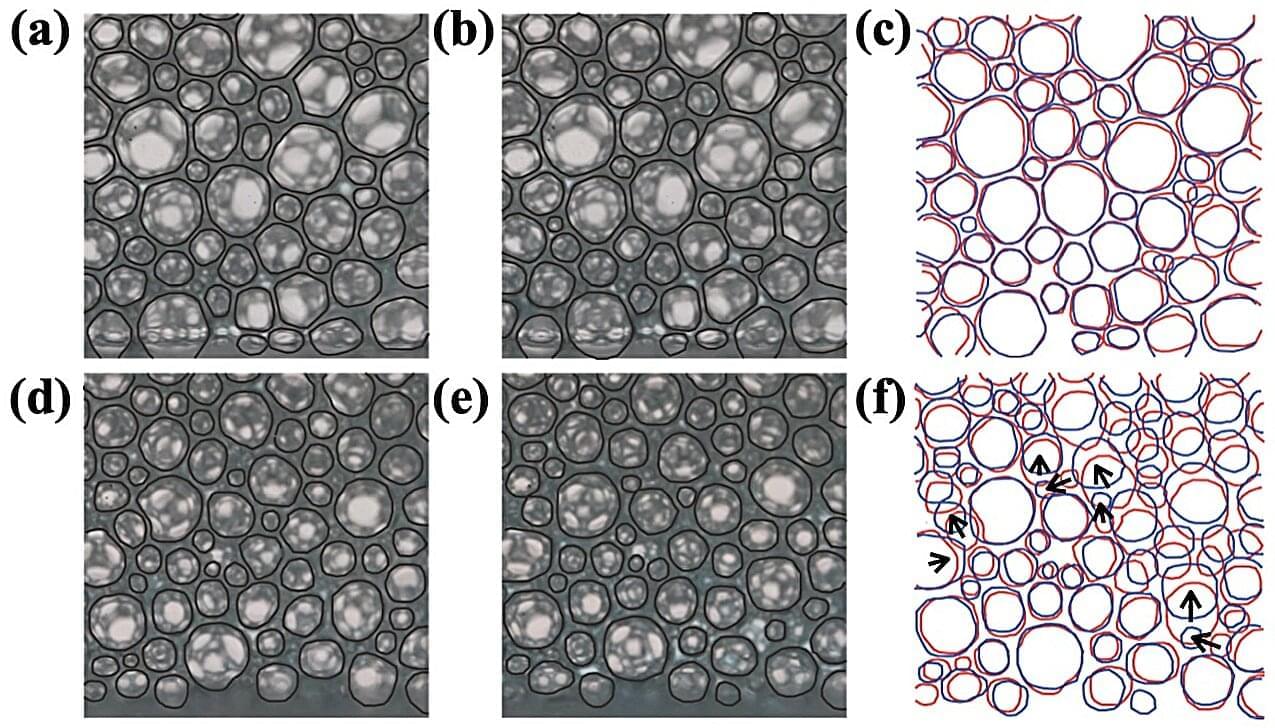A large team of astronomers and astrophysicists affiliated with several institutions in China has discovered a binary star system, where one of the stars is a millisecond pulsar and the other is made mostly of helium. In their paper published in the journal Science, the group describes how they discovered that a pulsar under study since 2020 had a companion star—one that was gravitationally bound to it.
Researchers on the team first spotted the pulsar back in May of 2020, and soon thereafter noticed that not only did it spin incredibly fast, but for one-sixth of its orbit, its radiation emissions were blocked. That suggested an object was passing between it and Earth. Over the next four years, the team studied the apparent binary system to learn more about its characteristics and confirm that there truly was a second star.
Pulsars are a type of neutron star that emit beams of radiation from their poles. They appear to pulse as viewed from Earth due to their spinning—the radiation signal can only be seen when one of the poles is pointed directly at the Earth.
